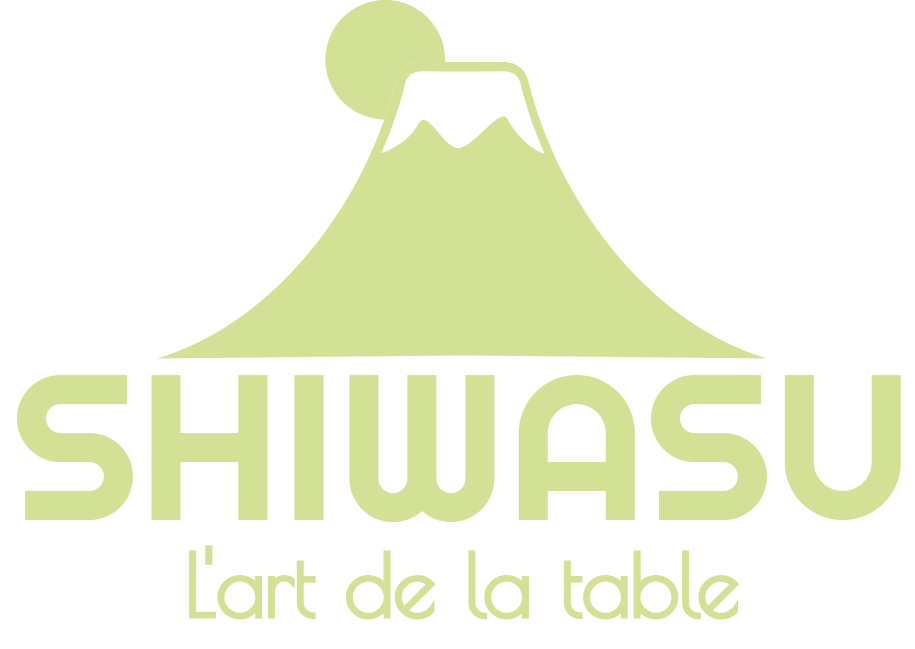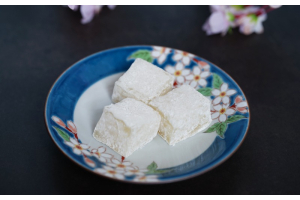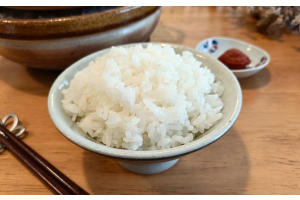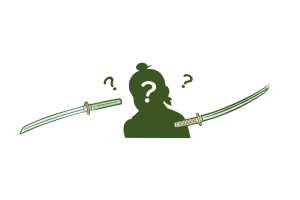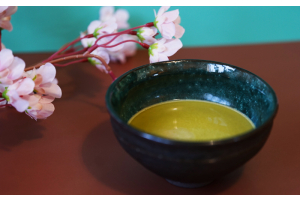We use cookies to make your experience better. To comply with the new e-Privacy directive, we need to ask for your consent to set the cookies. Learn more.
Who is Magoroku?

When you hear the name "Seki Magoroku," many people may associate it with the "Magoroku" series of kitchenware products by Kai, a well-known brand. Even those who aren't particularly familiar with the world of swords may have heard this name at least once. So, who exactly was Seki Magoroku?
The name "Seki Magoroku" holds great significance in the world of Japanese swords. In this article, we will explore what "Seki Magoroku" means and why the brand bearing this name continues to be beloved by many. We will delve into its origins and history, shedding light on the historical context behind the name and why it is so widely recognized in Japan. By reading this article, you will gain a clear understanding of the historical background of Seki Magoroku's name and why it is so well-known in Japan.
Who is Magoroku Kanemoto(Magoroku Seki)?
Magoroku Kanemoto refers to the second-generation Kanemoto, a renowned swordsmith from the ancient Mino Province. He is considered one of the leading swordsmiths of the Sengoku period, particularly known for crafting swords with excellent sharpness. His blades were praised for their cutting ability, durability, and suitability for battle. Notable warlords of the Sengoku era, including Oda Nobunaga and Toyotomi Hideyoshi, are said to have owned swords made by Magoroku Kanemoto.
Magoroku Kanemoto's exceptional craftsmanship continues to influence sword-making to this day, and his work contributed to the development of Seki City as one of Japan's premier sword-making regions.
The Origins of Kanemoto
Kanemoto was a renowned swordsmith who worked during the late Muromachi period and Sengoku period, based in Mino Province (present-day Seki City, Gifu Prefecture).
Shizu Saburo Kaneuji, after learning the art of sword-making in Yamato Province, moved to Mino Province (now Seki City, Gifu Prefecture) in the late 14th century (after 1350) in search of high-quality materials.
Building on the Sagami tradition that Kaneuji brought with him, the Mino tradition developed, and swordsmiths who followed this tradition took the name "Kanemoto," producing excellent swords one after another. Among this group of swordsmiths, a master with exceptional skills emerged, and he is considered the first-generation Kanemoto (Kiyoseki Kanemoto), who laid the foundation for the renowned Kanemoto legacy.
This translation now reflects the idea that "Kanemoto" was the name taken by a group of swordsmiths, not a single swordsmith group by itself.
The characteristics of Kanemoto's swords
As mentioned earlier, Kanemoto's swords developed based on the techniques of Shizu Saburō Kaneuji, who inherited the skills of Sōshū Masamune. For this reason, they possess many features characteristic of the Sōshū tradition.
Characteristics of the Blade
- Gunome Midare (互の目乱れ)
Gunome Midare is a style of hamon (temper line) commonly seen in traditional Japanese swords. It features a distinctive hamon with an undulating, alternating pattern.
Kanemoto's swords are particularly known for incorporating Gunome Midare, often combined with the famous Sanbonsugi (three-cedar) pattern, which gives the blade a characteristic and unique appearance. - Notare(湾れ)
Notare is a style of hamon (temper line) commonly found in traditional Japanese swords. It features a gentle, wavy pattern that flows smoothly along the blade, resembling rolling waves or a sinuous curve. - Shizuba(志津刃)
Shizuba is a type of hamon (temper line) characteristic of swords made by Shizu Saburō Kaneuji, a famous swordsmith who was a disciple of Sōshū Masamune.
Shizuba typically features a combination of notare (gentle waves) and gunome (semi-circular) patterns, creating a wavy, irregular hamon that exhibits both fluidity and dynamic movement. - Shallow curve
Kanemoto’s sword features a relatively shallow curve (sori), a design choice that reflects its focus on practicality and functionality.
This subtle curvature enhances the blade’s durability, making it robust and resilient, particularly suited for practical use in combat situations.
The shallow sori not only contributes to the sword’s strength but also allows for more efficient handling and cutting, making it a reliable weapon in battle. - Thick Spine (kasane)
A thick kasane (spine) means that the blade is made slightly thicker, with a design focused on enhancing strength. This added thickness makes the sword more durable and increases its reliability as a weapon for practical use in combat. Additionally, the thicker kasane improves the stability during cutting, making the blade less prone to deformation even with prolonged use, thus maintaining its performance over time. - Wide Body
Kanemoto's blade features a wider body, giving it a slightly heavier build to enhance cutting power.
This design improves the sword's ability to deliver powerful and precise cuts, making it highly effective in practical use and combat situations.
Forging Techniques
- Folded Forging
Kanemoto's swords are forged through the process of repeatedly folding the steel, which removes impurities and results in a strong and resilient blade. The exceptional forge-welding (tansei) technique of Kanemoto, where two pieces of iron are fused together, is particularly notable. The welds are consistently aligned, ensuring that the blade remains sturdy and durable even under intense combat. This careful craftsmanship led to Kanemoto’s swords being highly regarded by warlords of the Sengoku period, as they were less prone to chipping or breaking during battle. - Fire Forging
Fire forging is a technique used to shape the blade while it is being forged, creating a uniform and flexible form. By repeatedly hammering and forming the blade, internal gaps are filled, and the density of the steel increases, which enhances its strength. This results in a blade that is not only durable but also resistant to delamination. The process ensures that the sword maintains its integrity, with a solid structure that can withstand the demands of combat. - Tempering
Kanemoto placed particular emphasis on precise temperature control during the tempering process, which is crucial in the Mino tradition. He tempered the blade at a temperature that prevented it from becoming too hard, achieving the ideal structure where the edge is hard, and the spine remains softer. This process allowed Kanemoto to create swords with a sharp, durable edge while maintaining a more flexible back. Furthermore, Kanemoto’s unique method of applying tempering clay contributed to the formation of his signature beautiful and distinctive hamon (temper line), while also enhancing the strength and resilience of the blade.

Seki Magoroku: The Legacy of the Mino Tradition
The techniques established by Seki Magoroku in Mino Province have been passed down as traditional sword-making methods and continue to influence Japan's blade industry to this day. The city of Seki in Gifu Prefecture, known for its reputation of producing blades that are strong, sharp, and durable, is widely recognized as a major hub for knife production. Its quality is comparable to that of Solingen, and the SEKI brand has gained worldwide recognition.
The high level of craftsmanship in Mino sword-making has had a significant impact on Seki City's knife industry in the modern era. Particularly, knives and other cutting tools that apply the traditional techniques of Seki Magoroku are well-known. These techniques, once used for making swords, have evolved into tools for everyday use, and the methods developed by Seki Magoroku in ancient Mino continue to live on in the tools used by many households and professional chefs today.
Even after Seki Magoroku's passing, the techniques he established continue to play an important role in Japan's cultural and craft traditions, being passed down through generations and remaining an integral part of the heritage.
I’ve tried to summarize Seki Magoroku as concisely as possible, how did I do? I hope you now understand the reason why his name is used for kitchen brands. If you’re able to purchase kitchen knives or other cutting tools that incorporate the swordsmithing techniques of the renowned Seki Magoroku, it would make me very proud as a Japanese person. As I researched Seki Magoroku while writing this article, I too started to want one of his knives, and eventually ended up buying one myself! ^^ Wishing everyone a wonderful day!
